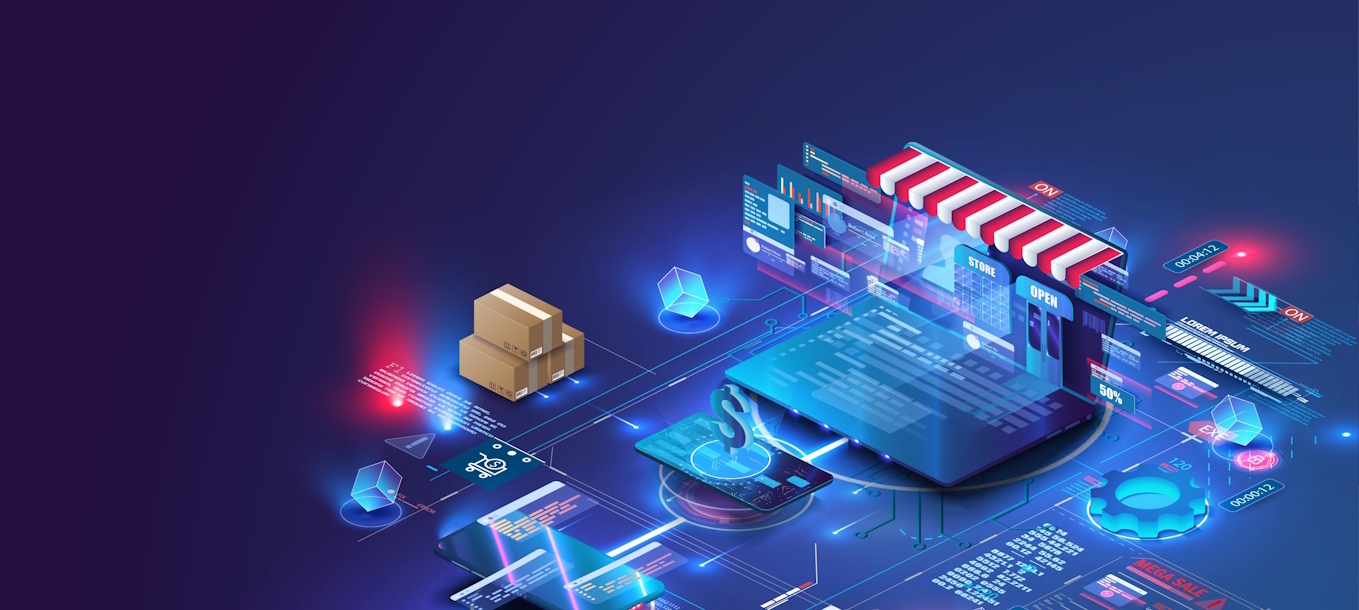Application integration solutions have become key enablers for business success by allowing enterprises to increase competitiveness through streamlining business processes, increasing operational efficiencies and creating new innovative services.
However, changing business environments and technologies, including the surging popularity of cloud-based applications, the shift to enterprise mobility and the need for real-time information mean that IT managers need to demand more from their application integration solution.
Before investing in an integration solution, organizations should make sure that it will support both current and future requirements while still being be cost-effective to implement and maintain.
Here are five key requirements for a future-proof integration platform:
Use of In-Memory Data Grid Architecture
With application integration increasingly important to your business, you must make sure that your integration solution ensures 24/7 business continuity. In addition, it must be able to scale cost-effectively to support growing numbers of transactions and unexpected usage spikes.
This means that an In-Memory Data Grid architecture, providing needed availability and failover is essential. Data grid architectures distribute processing across multiple nodes. If a node fails, the management system automatically shifts the processing to a different node preventing any loss of data
As processing requirements increase, the management system automatically recruits more nodes, adding scale elastically when it’s needed.
Support for Any Combination of On-Premise and Cloud Integration Scenarios
Today, most organizations use a variety of cloud-based systems, often procured on short-term contracts and frequently switched from one supplier to another.
Manual coding for integration is labor intensive and difficult to maintain. Application platforms handle complex connectivity issues behind the scenes (including automatic documentation), letting users concentrate on creating the right workflows and business logic, but also making it easier and more cost-effective organizations to manage frequent change.
Make sure your integration solution is optimized for connecting your new cloud environments with your other systems, services and databases, no matter where they are located.
Real-Time Data Availability
Business data is most valuable when it is captured, analyzed and actioned in real time. The volume and speed of business data is constantly growing, making managing all this data a difficult challenge.
In-Memory Data Grids are the ideal enabler for real-time data, with multiple processes able to run in parallel, information can be processed faster than previously possible. You are not dependent on the data processing of any one system. Therefore integrations running on an In-Memory Data Grid architecture can easily access, process and present real-time business information.
Ability to Mobilize Data Across Multiple Devices and Operating Systems
The most complex part of creating mobile enterprise apps is the connectivity to backend processes. A work-flow based integration platform, as opposed to one that is purely data-oriented, allows business processes to be easily mobilized.
To make mobile app creation as efficient and productive as possible, an integration platform should work seamlessly with a multi-channel application development platform. This lets the output of the integration flow be processed through a presentation layer which can adapt the look and feel of the application depending on the intended device, such as iOS and Android smartphones and tablets or desktop PCs.
Secured Access to Backend Systems
No integration solution can exist in a vacuum; by definition its value lies in its ability to connect to a wide range of backend systems. Therefore you should ensure that your chosen integration solution vendor has strong relationships with the vendors of your key systems, as well as the ability to connect in a predictable manner to other databases, frameworks, applications and endpoints.
When it comes to vendor relationships, be aware of the importance of certified integration connectors. Vendor certifications mean that the integration solution’s connector to that system has been approved and validated by the vendor.
In many cases, using an approved integration solution means that your maintenance and support agreements with the vendor will be honored. Using non-vendor-approved integration solutions could leave you without support in case you experience difficulties and the vendor blames the systems integrator.
Summing Up
Application development platforms provide a unified development process with a common user experience enabling rapid development and integration with cloud architectures and back end systems. An application platform that maintains its usefulness over the long-term will provide you with a high return on investment.
Having all of the necessary features built in, makes responding to the dynamic IT landscape simpler and increases the chances of future success.
Read more about Magic’s application integration solutions




